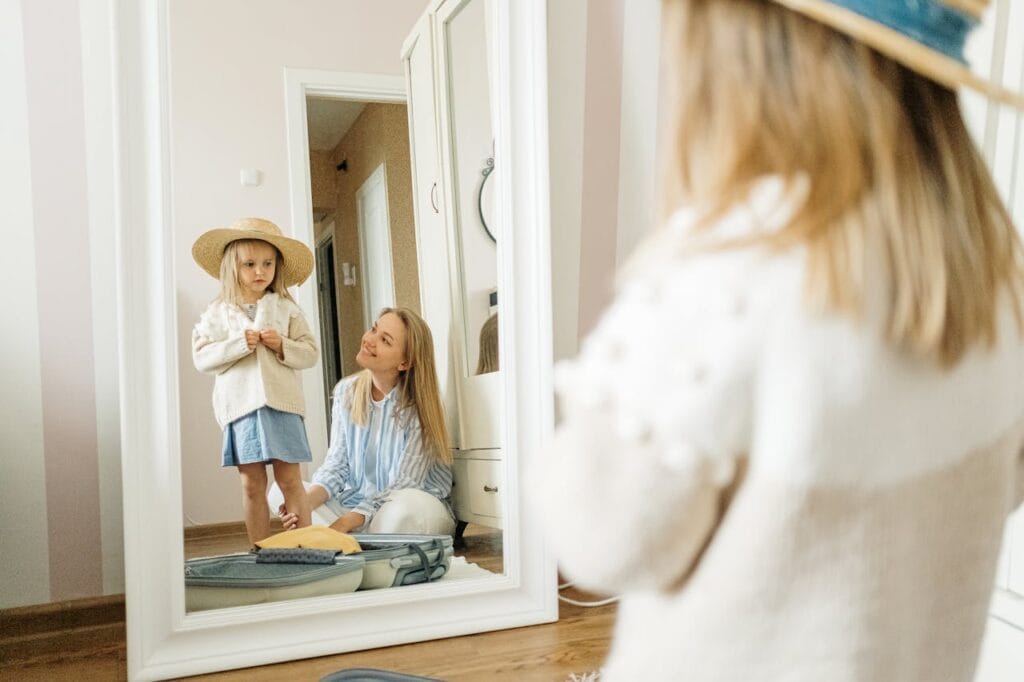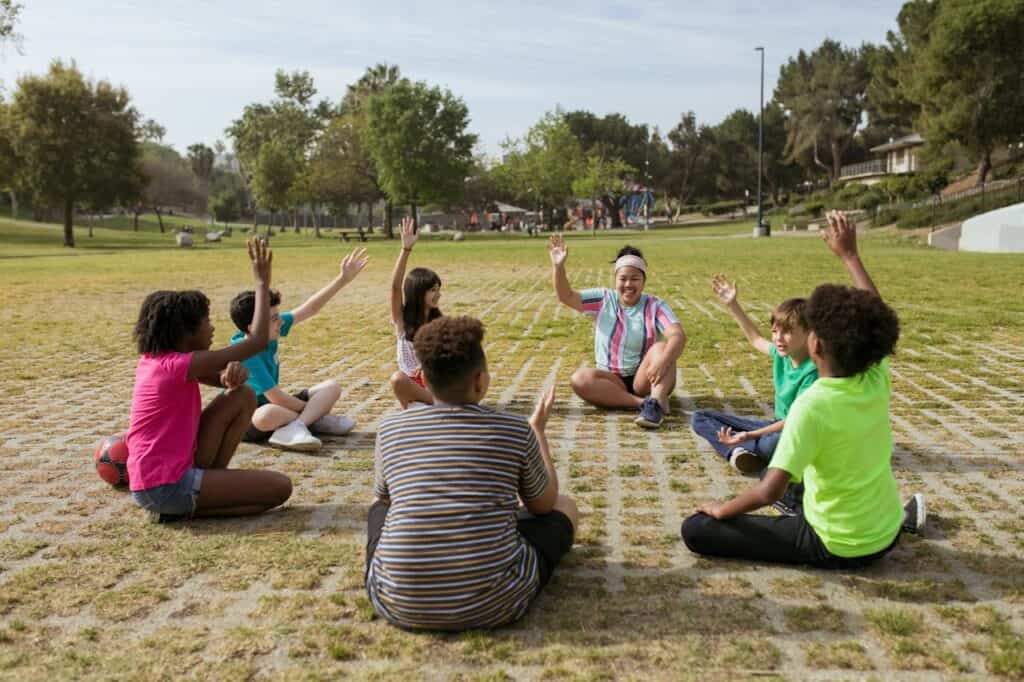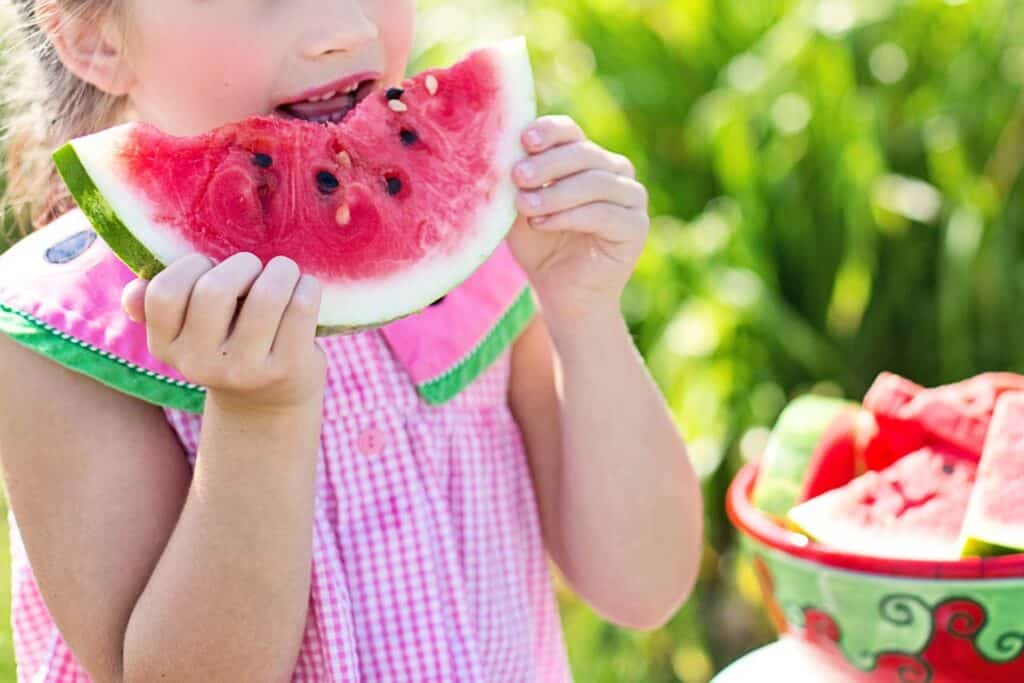How to Talk to Kids About Body Image and Health
Conversations about body image and health shape children’s lifelong relationships with their bodies, food, and self-worth. These discussions require careful balance between promoting healthy habits and avoiding harmful messages about appearance, weight, or food restrictions. Starting early with age-appropriate, positive messaging helps children develop confidence, body awareness, and healthy lifestyle habits without developing anxiety or disordered thinking about their bodies.
Focus on Function Over Appearance

Emphasize what bodies can do rather than how they look by celebrating physical capabilities like running, jumping, dancing, or playing sports. Discuss how eating nutritious foods provides energy for activities children enjoy and how sleep helps their brains learn and grow. This approach builds appreciation for body function while avoiding appearance-focused comparisons.
Use Neutral Language About Food

Avoid labeling foods as “good” or “bad,” which can create guilt and anxiety around eating. Instead, discuss foods in terms of how they help our bodies, such as “growing foods” that provide nutrients and “fun foods” that we enjoy occasionally. This balanced approach prevents food restriction behaviors while teaching children about nutrition.
Model Positive Self-Talk

Children absorb parents’ attitudes about their own bodies, so avoid negative self-talk about weight, appearance, or aging in front of children. Instead, model body gratitude by expressing appreciation for what your body accomplishes daily. Children learn more from observing your relationship with your own body than from lectures about self-acceptance.
Address Media Messages Directly

Discuss how advertisements and social media present unrealistic body standards that don’t represent real people or healthy bodies. Explain photo editing, filters, and marketing strategies that create impossible beauty standards. Help children develop critical thinking skills about media messages and understand that diversity in body types is normal and healthy.
Teach Body Autonomy and Consent

Help children understand that their bodies belong to them and they have the right to say no to unwanted touch, even from family members. Discuss appropriate versus inappropriate touch and encourage children to trust their instincts about uncomfortable situations. This foundation builds confidence and personal safety awareness.
Connect Health to Energy and Mood

Explain how healthy habits like regular meals, adequate sleep, and physical activity affect how we feel and our ability to enjoy daily activities. Avoid connecting health habits to weight loss or appearance changes. Instead, focus on how good nutrition and exercise contribute to happiness, energy levels, and overall wellbeing.
Normalize Body Diversity

Discuss how people naturally come in different sizes, shapes, and abilities, just like they have different eye colors or heights. Read books and watch movies featuring diverse body types and abilities. This exposure helps children understand that there’s no single “right” way for bodies to look or function.
Respond to Weight-Related Questions Thoughtfully

When children ask about weight differences or make comments about body size, respond with factual information about body diversity rather than dismissing their observations. Explain that people’s bodies are different based on genetics, age, and individual factors. Redirect focus to health behaviors rather than body size or appearance.
Encourage Intuitive Eating Habits

Teach children to listen to their bodies’ hunger and fullness cues rather than following strict rules about food consumption. Allow them to stop eating when satisfied and eat when genuinely hungry. This approach helps children develop healthy relationships with food and trust their body’s natural signals throughout their lives.





